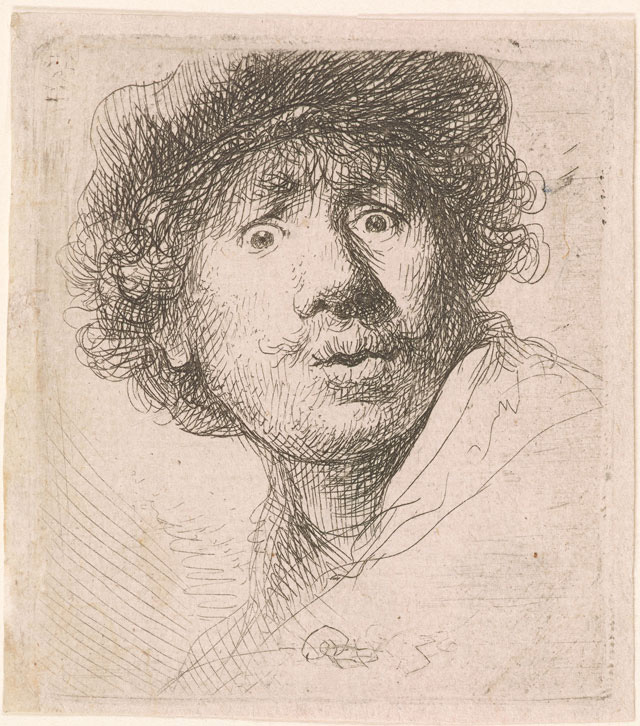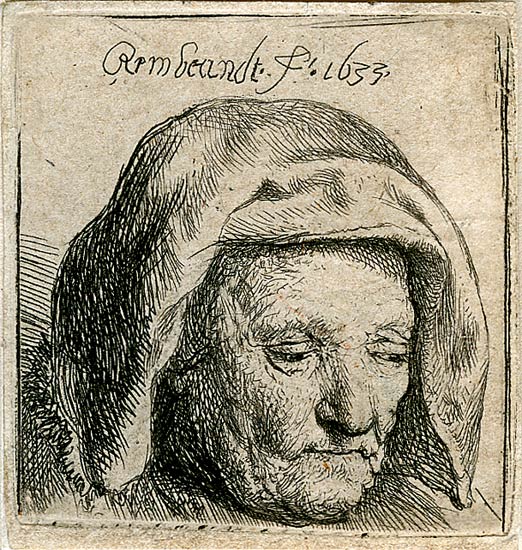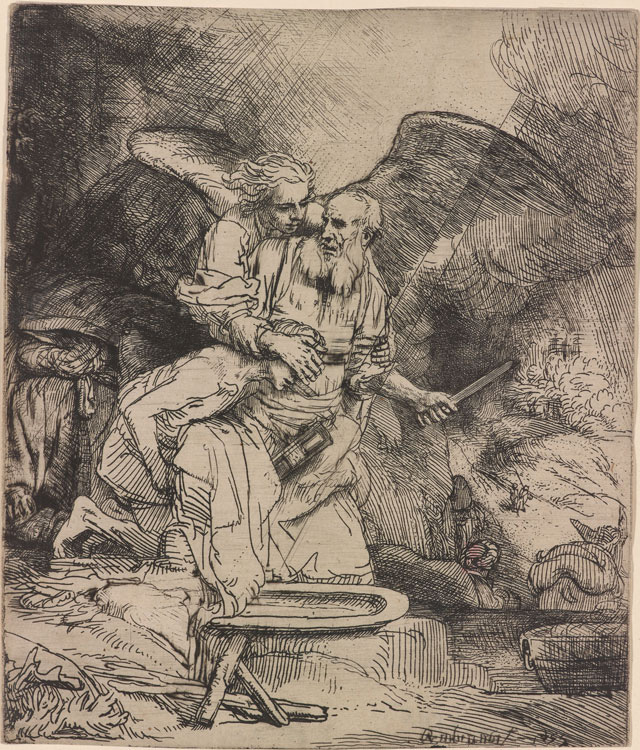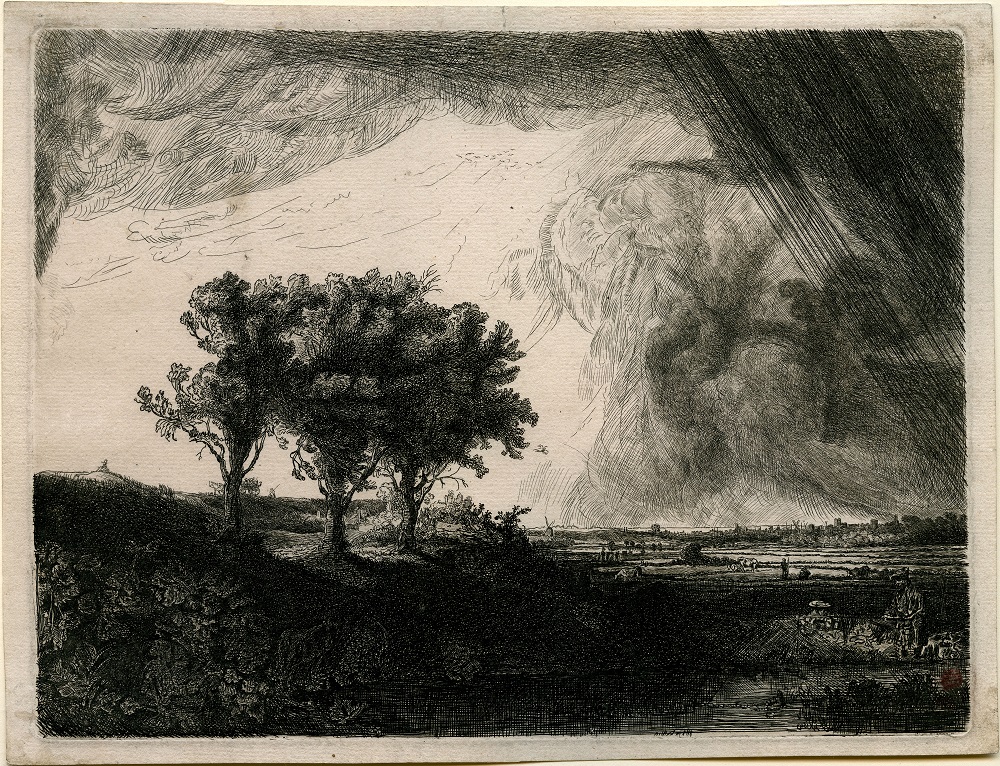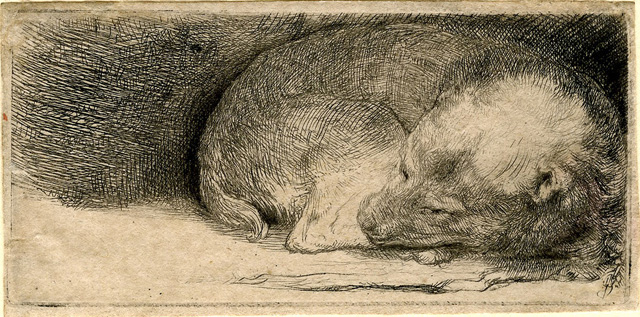[Most Recent Entries] [Calendar View]
Wednesday, March 6th, 2024
| Time | Event |
| 9:00a | Almost 500 Etchings by Rembrandt Now Free Online, Courtesy of the Morgan Library & Museum
Seventeenth-century Dutch painter Rembrandt van Rijn may have more name recognition than nearly any other European artist, his popularity due in large part to what art historian Alison McQueen identifies in her book of the same name as “the rise of the cult of Rembrandt.” Popular Rembrandt veneration brought us in the 20th century such corporate appropriations of the painter’s legacy as Rembrandt toothpaste and money market firm Rembrandt Funds (particularly ironic, “given the notoriety of Rembrandt’s bankruptcy in 1656”). “In contemporary popular culture,” writes McQueen, “Rembrandt’s name has such resonance that the headline of an article in the New York Times Magazine in 1995 referred to the trendy barber Franky Avila as ‘the Rembrandt of Barbers.’”
Indeed, though any person on the street will likely know the artist’s name, most would be hard-pressed to name any of his paintings, except perhaps his well-known self-portraits, which have adorned t‑shirts, posters, and iPhone cases. I might not have known much more about Rembrandt than those self-portraits either had I not lived in Washington, DC, where I had free access to many of his paintings at the National Gallery of Art. The Dutch master was astonishingly prolific, painting, drawing, and etching hundreds of portraits of himself and his patrons, as well as hundreds of still lifes, landscapes, scenes from mythology, and many, many Biblical subjects.
Nowadays, you can see Rembrandt’s paintings for free online, whether from the National Gallery of Art’s collection, that of the National Gallery in London, or of the Dutch Rijksmuseum. And for another side of his genius, you can now go to the site of New York’s Morgan Library and Museum, who have digitized “almost 500 images from the Morgan’s exceptional collection of Rembrandt etchings,” celebrating his “unsurpassed skill and inventiveness as a master storyteller.” There are, of course, plenty of self-portraits, like the 1630 “Self Portrait in a Cap, Open-Mouthed” at the top of the post, and there are portraits of others, like that of the artist’s mother, above, from 1633. There are religious scenes like the 1655 “Abraham’s Sacrifice” below, and landscapes like “The Three Trees,” further down, from 1643.
These are the four main categories that the Morgan uses to organize this impressive collection, but you’ll also find there more humble, domestic subjects, like the 1640 “Sleeping Puppy,” below. Writes Hyperallergic, “The Morgan holds in its collection most of the roughly 300 known etchings by Rembrandt, including rare, multiple versions (hence the discrepancy in number of etchings versus number of images.)” Like his highly accomplished paintings, Rembrandt’s etchings “are famous for their dramatic intensity, penetrating psychology, and touching humanity,” as well as, of course, for the extraordinary skill with which the artist made these works of art. Thanks to the “cult of Rembrandt,” we all know the artist’s name and reputation; now, thanks to digital collections from National Galleries, the Rijksmuseum, and now the Morgan, we can become experts in his work as well. Enter the Morgan collection of sketches here.
Note: Note: An earlier version of this post appeared on our site in 2015. Related Content: What Makes The Night Watch Rembrandt’s Masterpiece Two Tiny Rembrandt Paintings Have Been Rediscovered & Put On Display in Amsterdam Josh Jones is a writer and musician based in Durham, NC. Follow him at @jdmagness |
| 10:00a | Frank Herbert Explains the Origins of Dune (1969) Dune: Part Two has been playing in theaters for less than a week, but that’s more than enough time for its viewers to joke about the aptness of its title. For while it comes, of course, as the second half of Denis Villeneuve’s adaptation of Frank Herbert’s influential sci-fi novel, it also contains a great many heaps of sand. Such visuals honor not just the story’s setting, but also the form of Herbert’s inspiration to write Dune and its sequels in the first place. The idea for the whole saga came about, he says in the 1969 interview above, because he’d wanted to write an article “about the control of sand dunes.” “I’m always fascinated by the idea of something that is either seen in miniature and that can be expanded to the macrocosm or which, but for the difference in time, in the flow rate, and the entropy rate, is similar to other features which we wouldn’t think were similar,” he goes on to explain. When viewed the right way, sand dunes turn out to behave “like waves in a large body of water; they just are slower. And the people treating them as fluid learn to control them.” After enough research on this subject, “I had something enormously interesting going for me about the ecology of deserts, and it was — for a science fiction writer, anyway — it was an easy step from that to think: What if I had an entire planet that was a desert?” That may have turned out to be one of the defining ideas of Dune, but there are plenty of others in there with it. “We all know that many religions began in a desert atmosphere,” Herbert says, “so I decided to put the two together because I don’t think that any one story should have any one thread. I build on a layer technique, and of course putting in religion and religious ideas you can play one against the other.” And “of course, in studying sand dunes, you immediately get into not just the Arabian mystique but the Navajo mystique and the mystique of the Kalahari primitives and all.” From his technical curiosity about sand, the story’s host of ecological, religious, linguistic, political, and indeed civilizational themes emerged. Conducted in Herbert’s Fairfax, California home in 1969 by literature professor and science-fiction enthusiast Willis E. McNelly (who would later compile The Dune Encyclopedia), the interview goes down a number of intellectual byways that will be fascinating to curious fans. In its eighty minutes, Herbert reflects on everything from corporations to hippies, the tarot to Zen, and Lawrence of Arabia to John F. Kennedy. The late president’s then-just-beginning sanctification in America gets him talking about one of Dune’s threads in particular, about the “way a messiah is created in our society.” The elevation of a messiah is an act of myth-making, after all, and “man must recognize the myth he is living in.” Related content: The Dune Franchise Tries Again — Pretty Much Pop: A Culture Podcast #110 Based in Seoul, Colin Marshall writes and broadcasts on cities, language, and culture. His projects include the Substack newsletter Books on Cities, the book The Stateless City: a Walk through 21st-Century Los Angeles and the video series The City in Cinema. Follow him on Twitter at @colinmarshall or on Facebook. |
| << Previous Day |
2024/03/06 [Calendar] |
Next Day >> |
